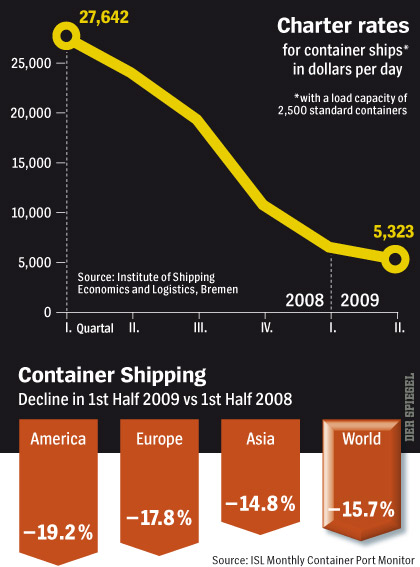The largest of the European Union (EU) banks fell more than their US peers in the recent credit crisis since their leverage ratio and the exposure to market risk was higher.Many European bank stocks such as ING Bank (ING), Royal Bank of Scotland (RBS), Societe Generale (SCGLY), Commerzbank(CRZBY), Lloyds Bank(LYG) fell sharply last year and thru March. For many investors this was a big shock since they assumed that European banks were not involved heavily in the sub-prime mess.
If banks have high leverage ratios then their capacity to absorb losses becomes less.The leverage ratio for the financial sector in the Euro area increased to about 70% of the GDP between 1999 and 2007. But in the U.S. this ratio grew to only 40% during the same period.
The chart below shows the Leverage and Exposure to Market Risk of the Largest EU and US banks between 1998-2008:Â
Click to Expand
Source: Leverage: total liabilities/net tangible equity. Exposure to market risk: total securities/net tangible equity. Data on 2008 are estimates. Source: R&S – Mediobanca 2009Â
Simple explanations for global financial instability and the cure: Keep it simple by Jacopo Carmassi, Â Daniel Gros, Stefano Micossi
The large EU banks had an average leverage ratio higher than US banks (top section of chart).The average ratio for EU banks was about 35 but it reached to 70 or even 80 for some German, British and Swiss banks.
Compared to the US, Europe has tougher regulations for the banking sector. Despite this, European banks not only over-leveraged but also exposed themselves to some of the riskiest assets out there similar to the large banks in the US. This situation occurred because of the lax oversight by the regulators in European countries. Besides European banks also wanted to boost their profits to high levels even if meant taking huge unnecessary risks.
 From Wikipedia: ” Private banking is a term for
From Wikipedia: ” Private banking is a term for 
